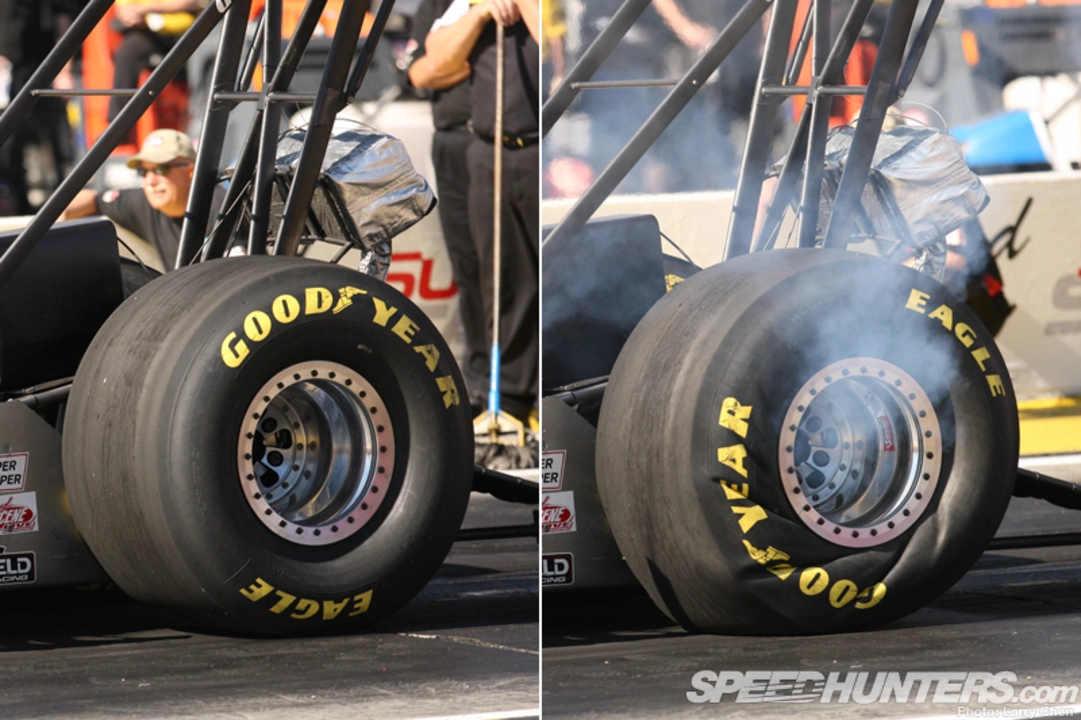Performance in Racing – How to Get Faster, Stronger, Smarter on the Track
When you hear the word "performance" in motorsport, you probably think of screaming engines and split‑second lap times. But performance is a mix of machine power, driver fitness, and the right strategy. Nail any one of those pieces and you’ll feel the difference on the asphalt.
Car performance: power, weight, aerodynamics
First up, the car itself. A lighter chassis means the engine can push it harder, so many teams chase weight loss like it’s a sport. Did you know a driver can shed 2‑4 kg of sweat during a single race? That’s why cooling systems and breathable suits matter – less weight, more grip.
Engine output isn’t the whole story either. Aerodynamic tweaks, like a rear wing angle or a front splitter, can shave tenths off a lap. Small changes in downforce let the tires stick better in corners, which translates to higher corner speeds without sacrificing straight‑line power.
Don’t forget safety gear that doubles as performance gear. Racing seat belts are built to hold you tight during high‑G turns, keeping you upright so you can keep steering accurately. A loose belt equals wasted energy and slower lap times.
Driver performance: fitness, mindset, technique
Now for the person behind the wheel. Professional drivers treat their bodies like race cars. Core strength helps resist G‑forces, while cardio endurance lets them stay sharp for the whole race distance. That’s why you’ll see drivers doing intense workouts between events.
Mental focus is just as critical. A split‑second decision on tire choice or when to overtake can win or lose a race. Many drivers practice visualization techniques, replaying each corner in their mind before they even get on track.
Technique-wise, smooth inputs beat jerky ones. Braking earlier and modulating the throttle gently lets the tires stay in their optimal grip window. It’s the reason why drivers who seem “lazy” on the pedals often post the fastest laps.
Putting it all together, think of performance as a three‑legged stool: car, driver, and strategy. If one leg is weak, the stool wobbles. Upgrading engine power without improving driver fitness won’t give you the full advantage, and a fit driver in an unbalanced car will still struggle.
Practical tip: start with the easiest win – reduce weight. Remove unnecessary interior parts, tighten loose bolts, and keep your cockpit cool. Next, work on fitness with short, high‑intensity interval sessions to mimic the burst of energy needed in a race. Finally, spend time on the track practicing clean braking and throttle control; even a few laps can embed muscle memory that pays off race‑day.
So next time you think about "performance," ask yourself: is my car light and aerodynamic? Am I fit enough to handle G‑forces? Do I have a clear race plan? Tackle each question, and you’ll see your lap times drop faster than a turbo‑charged engine. Happy racing!
In drag racing, does spinning the tires really help?
0 Comments
In drag racing, I've often wondered if spinning the tires actually helps. From my research, I found out that it does, but only to a certain extent. Spinning the tires can help to heat them up for better traction, but excessive spinning can lead to tire wear and reduced performance. It's crucial to strike the right balance to get the maximum benefit from this technique. So, while spinning the tires can be helpful in drag racing, it's important not to overdo it to avoid any negative impacts.
Read More